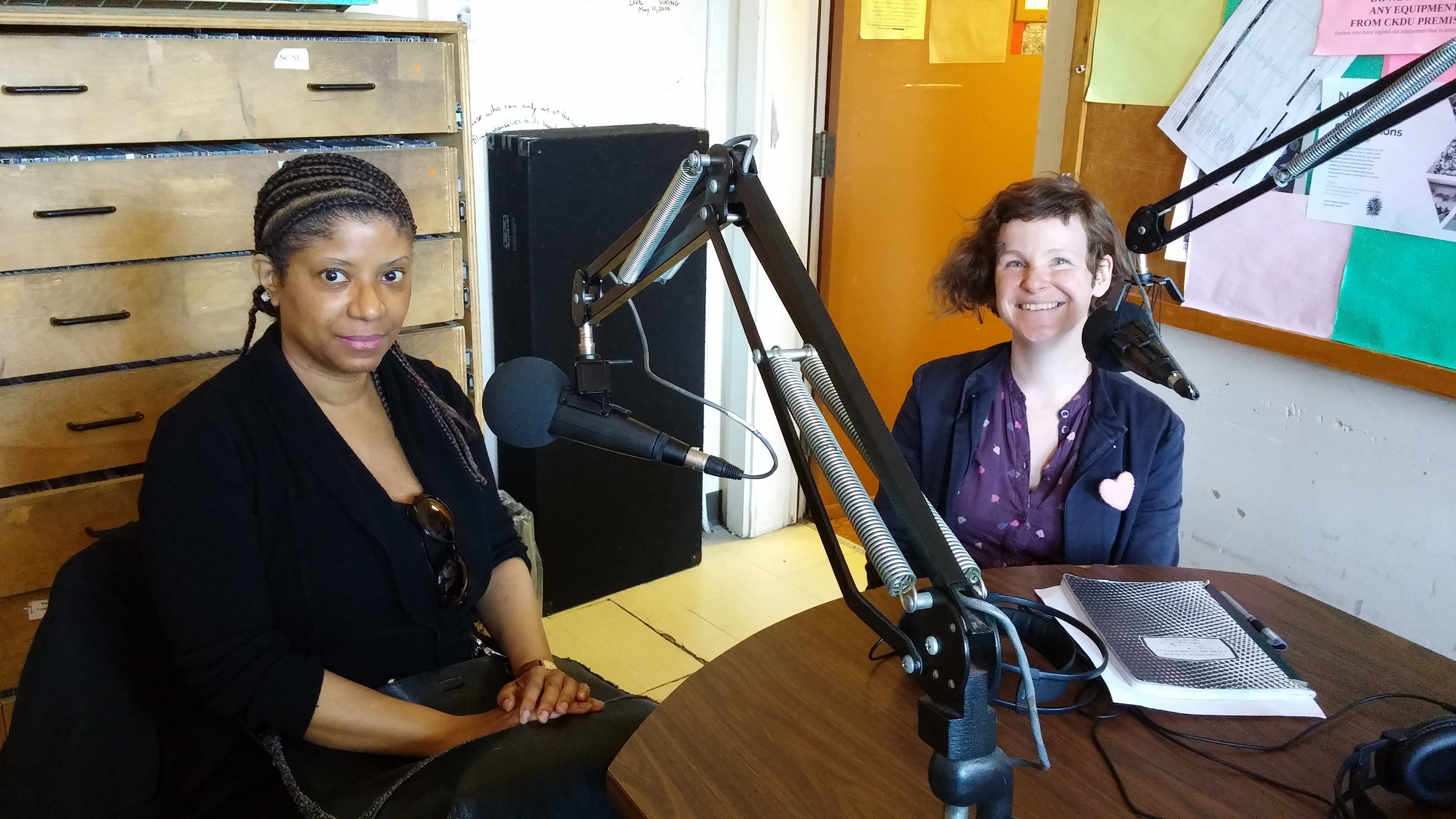
29 Aug What is Environmental Justice? And what could it look like where we live?
Ecology Action Centre’s CCRN Researcher Sadie Beaton has been coordinating a weekly interview show on local community radio for the past three months, which will run until at least the end of September. The show is called “Shades of Green” and explores the questions: What is Environmental Justice? And what could it look like where we live? In this case, the scope is mostly Nova Scotia, a region of unceded territory in Mi’kma’ki.
This exploration is being compiled as part of a Community Conservation Research Network (CCRN) case study at the Ecology Action Centre (EAC), a non-governmental environmental organization (ENGO) based in Halifax, also known as K’jipuktuk. In the last few years, the EAC has embarked on a journey to better engage around power and privilege in their environmental work around the cross-cutting theme of “environmental justice.” Recognizing that ENGO culture is steeped in a legacy of colonialism, racism, elitism, sexism, (etc), these efforts raise important questions about how settler-based groups can grow and change to address environmental justice issues in a meaningful way.
Guests include frontline community defenders dealing with environmental racism, like James Desmond of Lincolnville, author and activist Silver Donald Cameron, Mi’kmaq filmmaker Catherine Martin and her daughter Aboriginal lawyer Natalie Clifford, community health researcher Dr. Ingrid Waldron, and a group of youth fighting for environmental justice for their predominantly African Nova Scotian community in Halifax’s North End. You can tune in Mondays at 11:30 AM Atlantic Time on CKDU 88.1 fm on http://ckdu.ca. An archive of past interviews and synthesized discussions can be found here: https://shadesofgreenweb.wordpress.com/. Links to recent and notable interviews can be found below:
Tayla Paul and Dylan Letendre are two participants in a project exploring urban Aboriginal identity called “This is What I Wish you Knew.” Fifty community members carved and painted their personal stories onto rectangular clay tiles that are now displayed at the Mi’kmaw Native Friendship Centre in Halifax, working to build on the recommendations of the Truth and Reconciliation Commission. The project was one of six projects across Canada approved through the Canada Council for the Arts (RE) conciliation Initiative which receives funding from the J.W. McConnell Family Foundation and the Circle on Philanthropy and Aboriginal Peoples in Canada. Listen to their interview at https://shadesofgreenweb.wordpress.com/2016/08/19/tayla-paul-and-dylan-letendre/.
Featured Image: Dr. Ingrid Waldron and Sadie Beaton in the CKDU main control room (Photo credit: Erica Butler)


